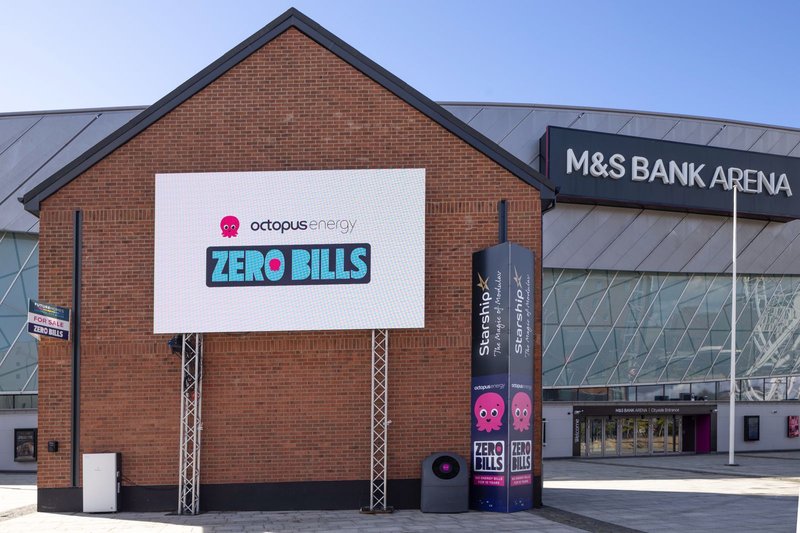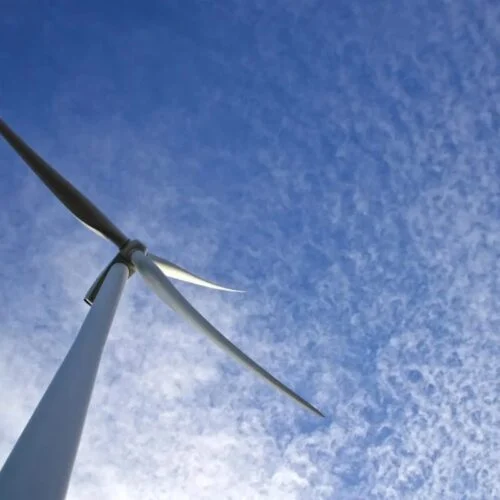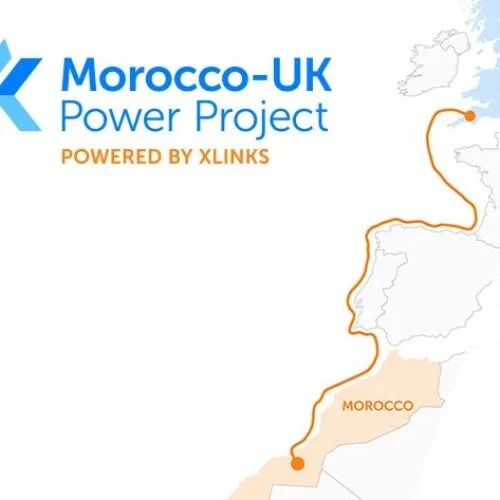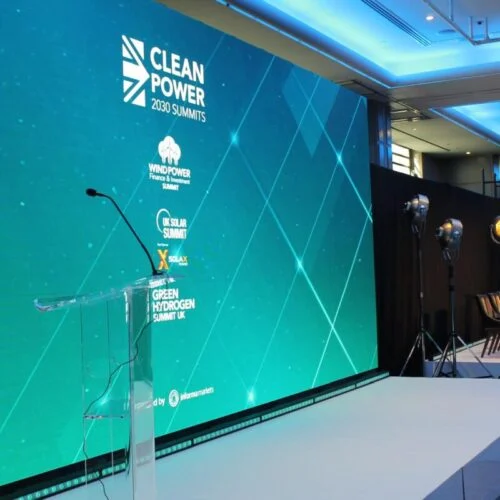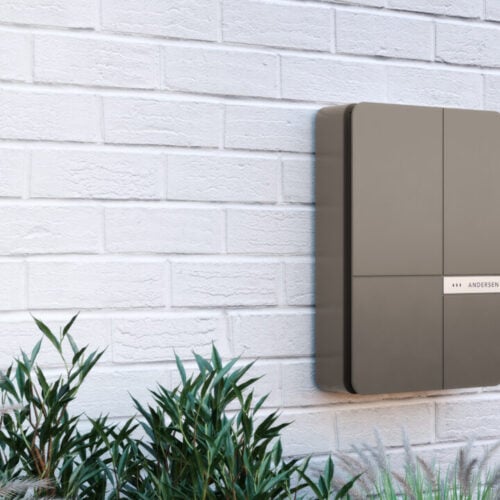Power supplier Octopus Energy has partnered with UK housebuilder Vistry Group to build residential properties that cost nothing to power.
The ‘Zero Bills’ smart tariff, launched in 2022, means Octopus customers with low carbon devices, optimised by Octopus technologies, do not have to pay for energy.
The houses will be fitted with heat pumps, batteries and solar panels. Through the smart tariff, Octopus does not charge customers for 10 years because the homes generate more energy than they consume.
In September, Octopus set the target of building 100,000 Zero Bills homes by 2030. Vistry, purportedly the UK’s largest housebuilder, piloted the delivery of the properties across several of its developments.
Following the newly announced partnership, Vistry is actively developing its housing design to integrate Zero Bills technology nationwide. Zero Bills homes will be made available to Vistry’s partners, including Lloyds Living, SNG and Clarion Housing Group – all of which have already delivered Zero Bills sites with Octopus.
Octopus has previously said it will retrofit homes to make them eligible for the Zero Bills tariff, suggesting 500,000 UK properties (built since 2013) could be upgraded.
Director of the Zero Bills initiative at Octopus, Nigel Banks, commented that the partnership is a step towards the 100,000 homes target, “a win for consumers, a win for housing developers and a win for the environment”.
The utility says it has now accredited “well over” 1,000 Zero Bills homes.
Supporting the clean power transition at home
The government’s commitment to building new homes was laid out in its manifesto ahead of the election, with the new government promising to simplify the planning process (a move that has also benefitted the solar industry, in particular) to accelerate build-out.
The Department for Energy Security and Net Zero (DESNZ) published statistics at the end of November showing that by the end of September this year, 37 million smart and advanced meters were in homes and small businesses across the nation; 65% of all meters are now smart or advanced.
Smart meters communicate automatically with energy suppliers, which negates the need for manual energy use reporting. The technology also enables new approaches to energy demand and is the only way that consumers can participate in time-of-use tariffs, which offer reduced energy costs for use away from peak times.
Lower energy bills are a way to incentivise participation in demand-side flexibility, which is a key part of the National Energy System Operator’s (NESO’s) vision for achieving clean power by 2030.
A new version of NESO’s Demand Flexibility Service (DFS) went live on 27 November. The DFS rewards households who choose to lower their energy use during times of peak strain on the network, often with money off their energy bills. Over the last two years, over 2.6 million homes and businesses have participated in the programme, saving an estimated 7,000MWh of electricity at peak times.
The updated version of the service features some significant changes; most notably, the DFS will now run year-round, instead of just over winter as in previous years, forming part of the wider electricity market. It will be compatible with the Capacity Market and regional services offered by Distribution Network Operators (DNOs).
